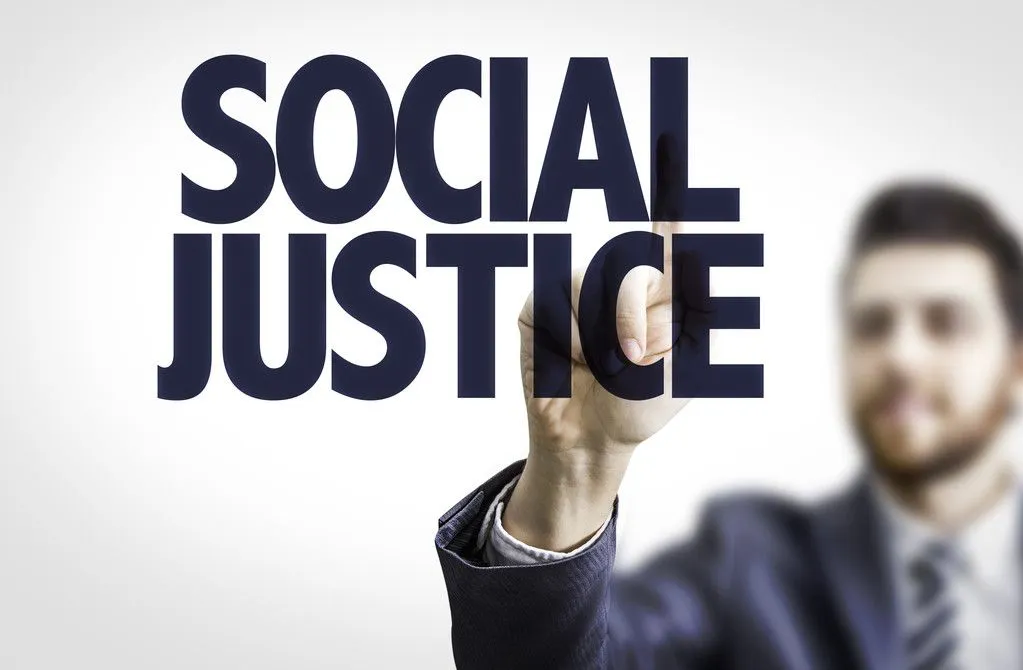How can improving social justice reduce crime rates in our communities? This complex question lies at the heart of discussions among policymakers, educators, and law enforcement professionals. Social justice and crime are deeply intertwined, influencing societal structures and individual behaviors. A fairer society often sees lower crime rates, as equity in opportunities can alleviate some of the root causes of criminal behavior such as poverty and exclusion. In this blog, we will share insights into how enhancing social justice can lead to a decrease in crime, exploring both theoretical frameworks and practical implementations.
Social Justice Defined
Social justice is about building a society where everyone is treated equally and fairly. It means making sure that all people have the same chances to access important things like healthcare, education, and the ability to participate in political and social activities. Social justice works to reduce the gaps that some groups face because of long-standing or widespread unfairness based on their income, race, gender, or ethnicity. This concept values human rights and the dignity of every person, aiming to create a balanced and supportive community for all.
Impact of Education on Crime Reduction
Education plays a pivotal role in crime reduction. Numerous studies have shown that access to quality education significantly lowers the likelihood of youth involvement in criminal activities. Educational institutions do not just provide knowledge; they also offer a pathway to employment opportunities and instill social and moral values. Effective educational programs can divert at-risk youth from the lure of criminal networks by providing them with the skills needed to achieve legitimate success. Additionally, schools act as community hubs that can reinforce social cohesion and collective efficacy, which are crucial for deterring crime. Specifically, an online criminology degree offers the flexibility needed for students to engage with complex concepts while managing their personal commitments. These programs prepare individuals to better understand and address the root causes of crime through a social justice lens.
Economic Policies and Crime Prevention
Economic stability is another critical aspect of social justice that directly influences crime rates. Implementing sound economic policies that ensure job creation, fair wages, and worker protection can significantly deter criminal activities. Programs aimed at reducing poverty and economic inequality can remove the financial incentives for crimes such as theft and burglary. Moreover, well-structured economic policies that include support for disadvantaged populations help build a more inclusive society where fewer individuals feel pushed towards criminal behavior as a means of survival.
Community Policing and Its Effectiveness
Community policing represents a proactive approach in law enforcement, aiming to build trust and cooperation between the police and the communities they serve. This strategy involves officers being embedded within neighborhoods, fostering relationships, and working collaboratively with residents to solve local problems. The effectiveness of community policing lies in its ability to not just respond to crime, but to prevent it by understanding community dynamics and addressing the concerns that may lead to criminal behavior. Through such partnerships, law enforcement can help enhance social justice by advocating for and helping to implement community services and resources that reduce crime.
Rehabilitation Versus Punishment
The debate between rehabilitation and punishment is central to understanding crime reduction strategies within the context of social justice. Rehabilitation programs focus on treating and supporting offenders in a way that encourages their reintegration into society as productive, law-abiding citizens. These programs typically include education, vocational training, counseling, and drug rehabilitation services. In contrast, purely punitive approaches often fail to address the underlying personal and social issues that contribute to criminal behavior, leading to high recidivism rates. Embracing rehabilitation not only aligns with the principles of social justice but also proves more effective in reducing long-term crime rates.
Role of Public Policy in Shaping Crime Rates
Public policy significantly impacts crime rates by addressing or exacerbating the social conditions that lead to criminal behavior. For example, policies that decriminalize certain acts or provide more robust support systems for addiction and mental health can decrease crime rates. Similarly, housing policies that aim to eliminate homelessness or provide affordable housing options contribute to societal stability and reduce the desperation that often drives criminal activity. A comprehensive approach to public policy that considers the broader social impact can create conditions less conducive to crime.
Media Influence on Public Perception of Crime
The media plays a powerful role in shaping public perceptions of crime and justice, which in turn influences policy decisions and law enforcement practices. Media coverage that sensationalizes crime can create an exaggerated sense of fear and urgency, which may lead to overly harsh policies that do not address the real issues. Responsible media reporting should aim to provide balanced coverage that educates the public about the realities of crime and the effectiveness of various justice approaches, fostering a well-informed citizenry that supports fair and effective policies.
Conclusion
Exploring the link between social justice and crime reveals how deeply connected our societal structures and individual behaviors are. When we address inequalities in our communities—whether they’re related to economics, education, or access to resources—we not only create a fairer society but also reduce the likelihood of crime. True change comes from understanding these connections and working to build a society where everyone has the support and opportunities they need to thrive.
Such understanding encourages us to implement and support policies that focus on equity and rehabilitation over punishment. It shows us that preventive measures, educational opportunities, and fair economic policies can have a significant impact on reducing crime rates. By building a more just society, we are taking proactive steps toward a safer and more harmonious world for everyone. This approach not only makes our neighborhoods safer but also strengthens the fabric of our community as a whole.
